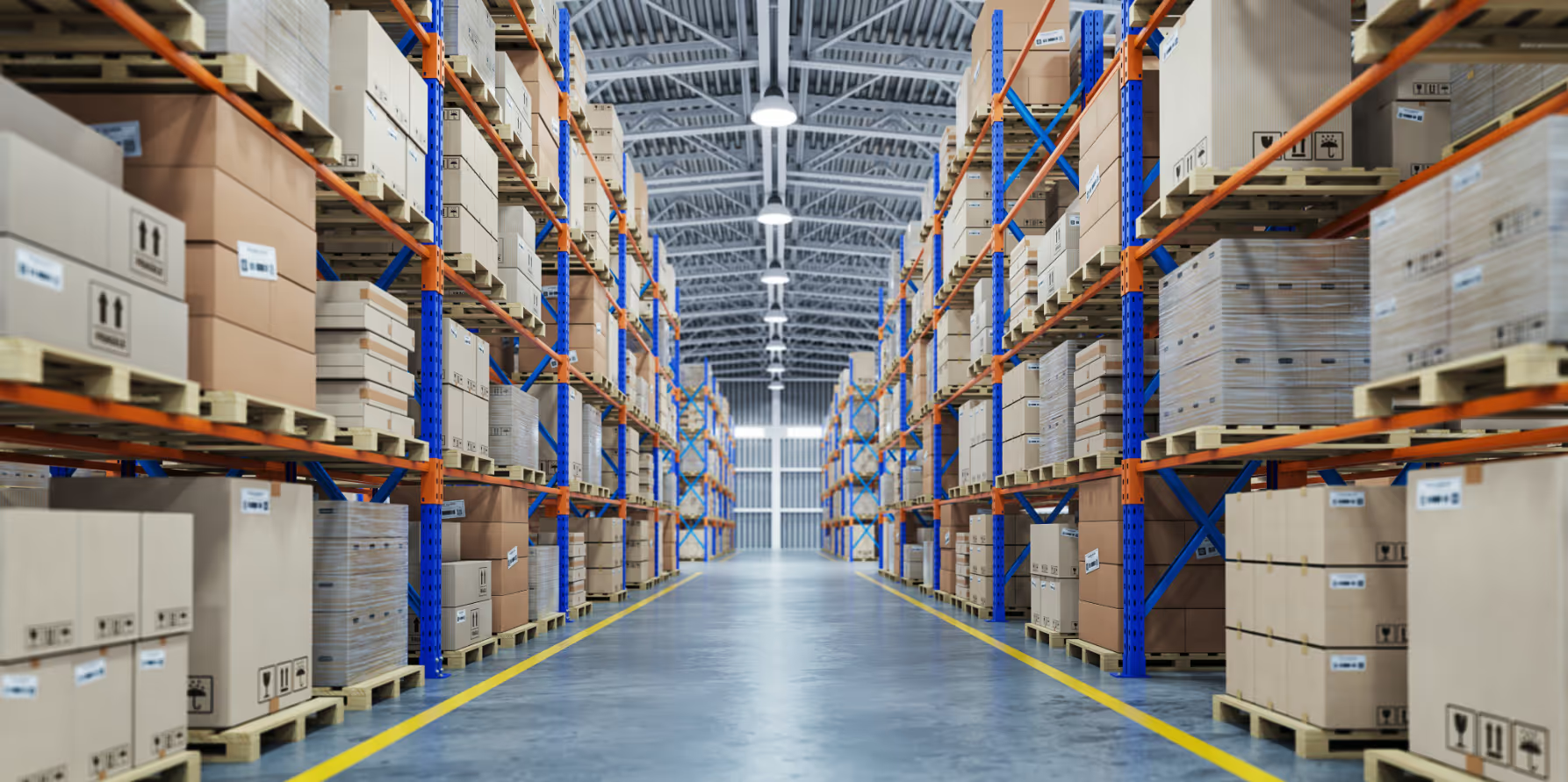10.04.10: Is it a date, the HS code for oats, or …?
It could be all three, but in this story, the number says much more. It’s a shorthand for how customs operations have evolved, and how Customaite has grown alongside them.
Yes, 1001.40 is indeed the official commodity code for oats. But this article isn’t about oats. It’s about the shift from NCTS-4 to NCTS-5, the new workload that customs teams face, and how that challenge shaped Customaite’s own journey.
Let’s break down the title into three numbers: 100, 4, and 10, and see how they mirror Customaite’s journey over the past four years.
100 = 100%
When we launched Customaite at the end of 2021 with our first customers, N.D.N. and H.Essers, our platform supported only Transit (NCTS-4) declarations.
At that time, we extracted data mainly from structured documents such as arrival notices and bills of lading. More complex, unstructured sources like invoices or packing lists were still out of reach.
From day one, 100% of all processed volume consisted of Transit declarations. Customers were already saving time but, more importantly, were looking ahead to what would come next. Their confidence in our team allowed us to grow beyond those early limitations and set new ambitions.
4 = 4%
In the following years, we explored various off-the-shelf solutions to extract data from invoices and packing lists. None met the accuracy and reliability our customers expected. So we took the more difficult path and built our own AI extraction models that could work out of the box, without lengthy document training.
Thanks to a brilliant team and close collaboration with our first global customer, DB Schenker, we gradually achieved near first-time-right extraction even on documents the software had never seen before.
As our capabilities expanded, so did our customers’ use cases. Transit declarations began to represent a smaller share of total activity, giving way to export and soon after also import declarations.
By October 2024, Transit (NCTS-4) declarations made up only 4% of the total volume processed through Customaite. Around 45% were import and 51% export declarations.
By February 2025, import had taken the lead, representing 55% of all transactions, and our customer base had grown to customs teams across 14 European countries.
10 = less than 10 minutes (and 10%)
Back in 2021, a typical Transit declaration under NCTS-4 took around 10 minutes to complete manually. With the introduction of NCTS-5, the level of required detail increased dramatically, creating a major workload challenge for customs teams.
For many, this became the turning point. They realised that using Customaite was not only about saving time, but also about staying compliant and coping with the growing complexity of customs processes.
Today, as we process an ever-increasing number of NCTS-5 declarations, they again account for around 10% of our total volume, but under completely different circumstances. What once took 10 minutes now takes only a fraction of that time, thanks to automation and AI-assisted accuracy.

Looking ahead
If we ever wondered whether starting with Transit was the right strategic choice, the answer is clear: it was the foundation for everything that came after. It gave us the experience to help customers face regulatory changes like NCTS-5 with confidence.
From handling tens of declarations a day in 2021 to thousands today, Customaite has outgrown its original scope, but not its mission.
We remain committed to one principle above all: Increase efficiency. Strengthen compliance. Show, not just tell.
Read our whitepaper: How to tackle NCTS5 with confidence
You May Also Like
These Related Stories

Vlaio highlights Customaite’s innovative use of AI

Customaite connects with Stream Software

No Comments Yet
Let us know what you think